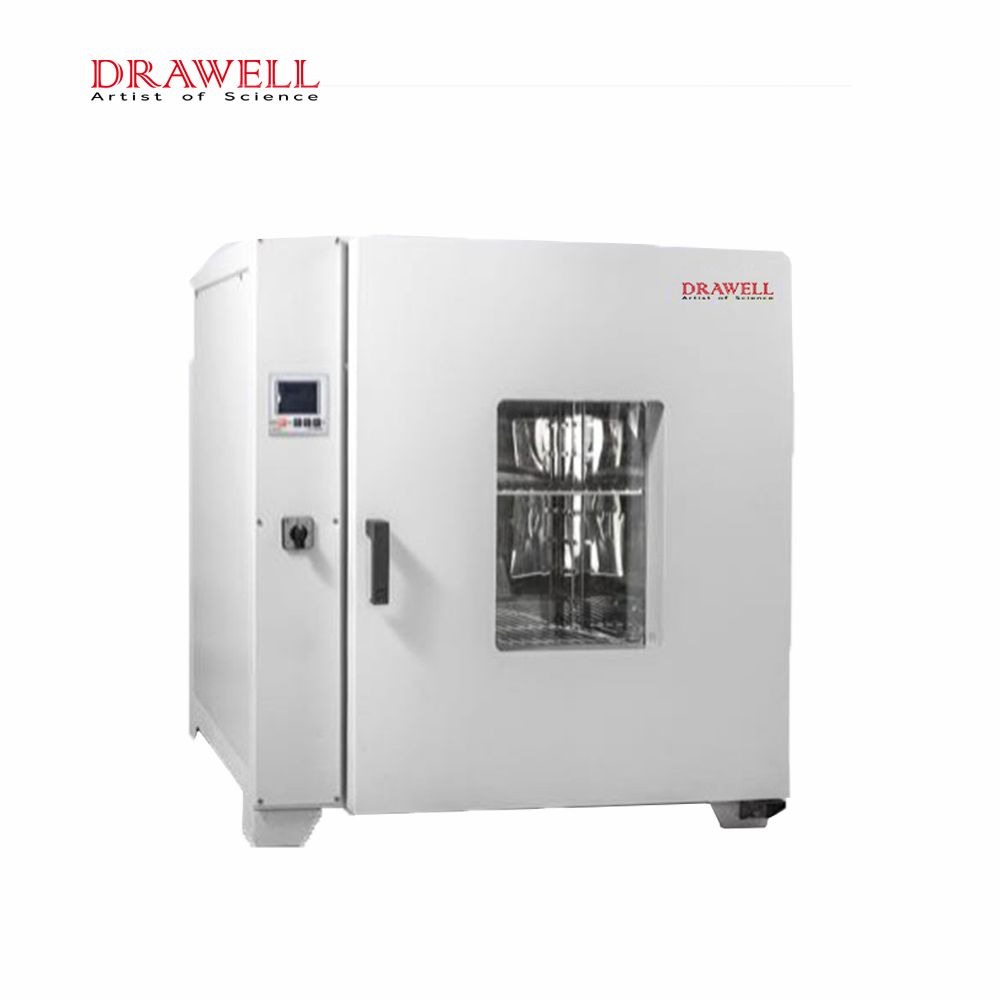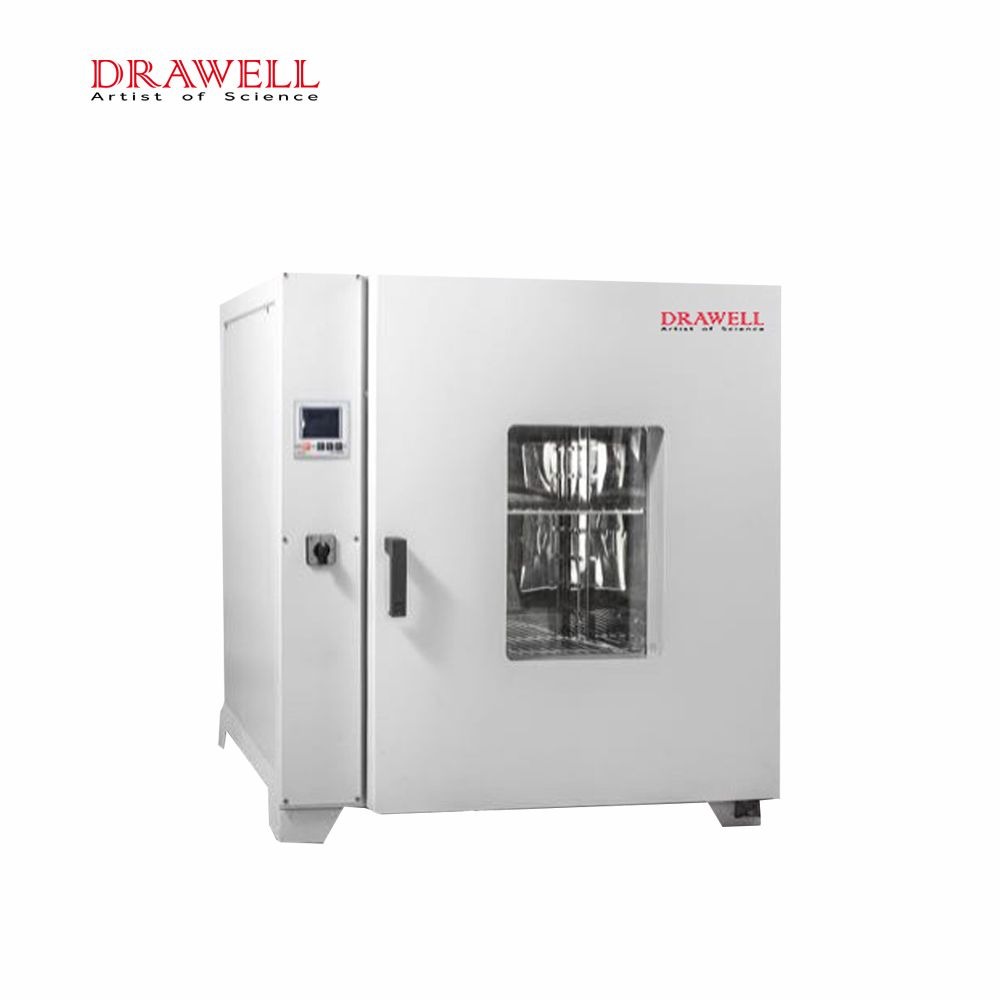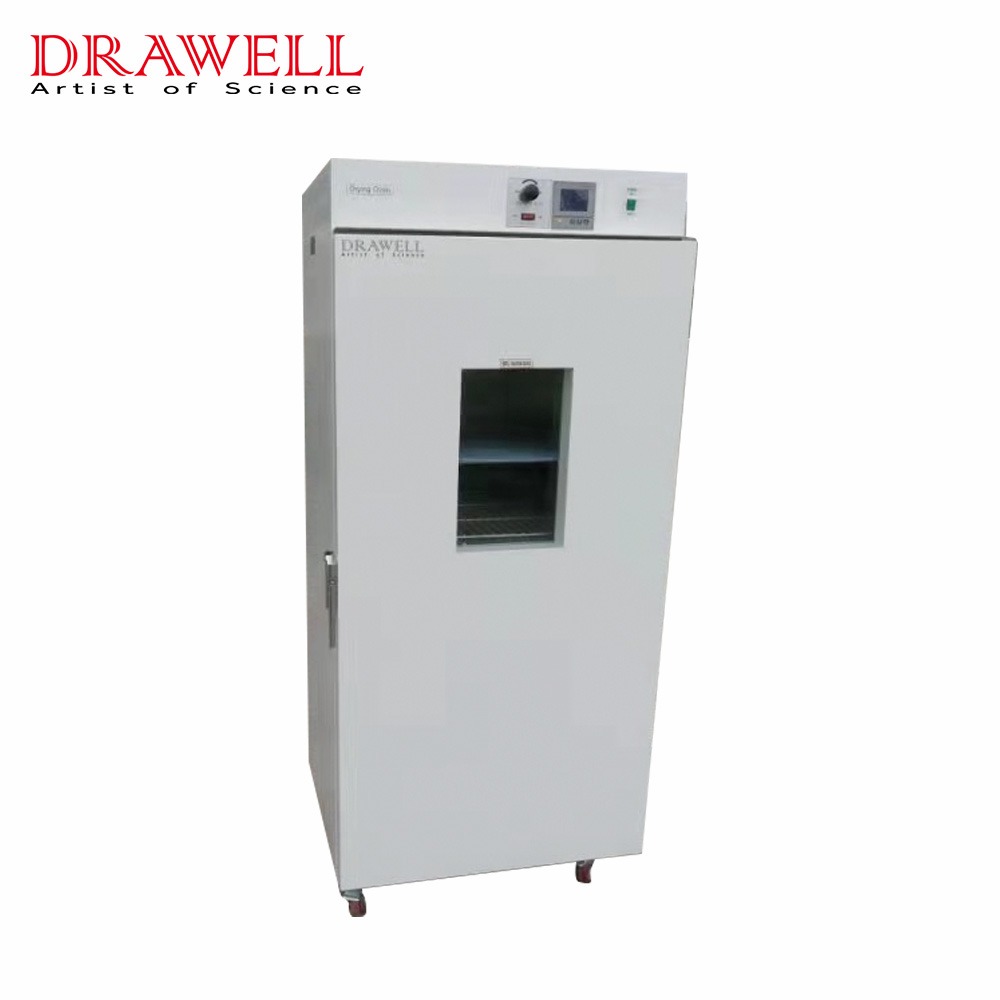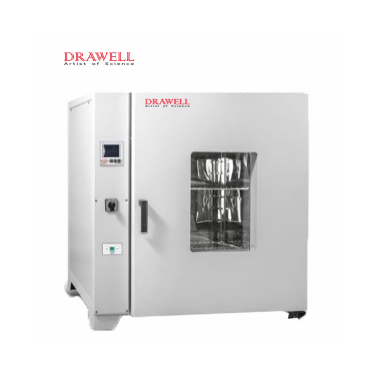The drying oven is used to dehumidify and dry the items. The different types of drying ovens can be used in various laboratories. In addition to the drying function, it can also realize the procedures of melting wax, sterilizing, and disinfecting. There are various types of drying ovens, and the structure of the products is also different. This article introduces how to choose a drying oven to meet your demands.
What Are the Types of Drying Ovens?
According to the different working principles of the drying oven, it can be classified into vacuum drying oven, blast drying oven, precision drying oven, electronic drying oven, infrared drying oven, microwave drying oven, etc.
According to the different characteristics of the drying oven, it can be classified into physical and chemical drying oven, digital display drying oven, electric heating drying oven, high-temperature drying oven, low-temperature drying oven, etc.
According to the different drying products, the drying oven can be classified into a camera drying oven, a medicine drying oven, and a food drying oven.
According to the different structures of the drying oven, it can be classified into desktop drying oven, experimental drying oven, etc.
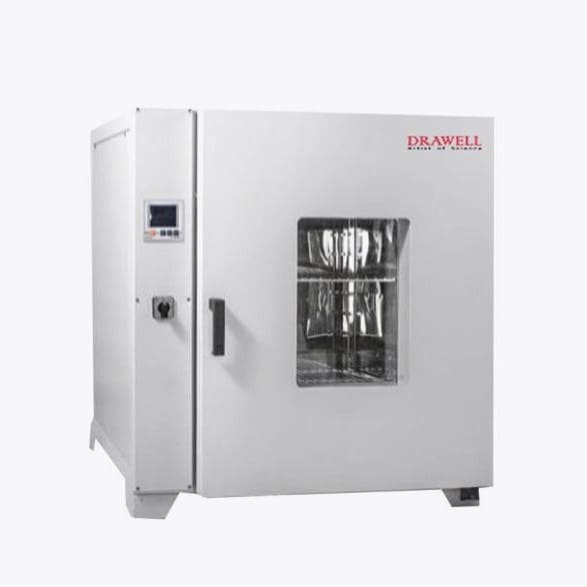
What Kind of Drying Oven Do You Need?
With so many types of drying ovens, how to choose? The first step in purchasing a product is to find out what your needs are. When it comes to the selection of this product for the drying oven, you need to consider the following things in terms of demand sorting:
1. What temperature range of the drying oven do you need?
The temperature range of the drying oven generally ranges from room temperature to 200°C, 250°C, 300°C, or even higher temperatures. When the operating temperature is below 150°C, you can choose a drying oven with a temperature range of RT+10~250°C. When the operating temperature is between 150°C and 290°C, you can choose a drying oven with a temperature range of RT+10~300°C.
2. What substance do you want to dry?
Different materials require different types of drying ovens. For example, vacuum drying ovens can fill the interior with inert gas and are specially designed for drying heat-sensitive, easily decomposed, and easily oxidized substances. Especially, some items with complex components can also be dried quickly by the vacuum drying oven. The blast drying oven is often used in industrial and mining enterprises, laboratories, and scientific research units for drying, baking, melting wax, and sterilization.
The drying oven must not only meet the basic drying requirements of materials, but also handle materials well, such as feeding, conveying, fluidization, dispersion, and heat transfer, and meet the requirements of processing capacity, dehydration capacity, and product quality.
3. What size drying box do you need?
What are the dimensions and quantities of the items you are drying? Does the item require high-temperature uniformity?
If the items have high requirements on the uniformity of drying temperature, heat and air circulation should be considered when placing them. It is necessary to choose a large-sized drying oven as much as possible to allow the hot air in the oven to convect fully.
In addition, when choosing the size of the drying oven, the size of the laboratory space should also be considered.
Which Performance Parameters of the Drying Oven Are the Most Important?
1. Drying rate
During convection drying, the material is highly dispersed in hot air, the critical moisture content is low, and the drying speed is fast. Although the same is convective drying, the required moisture content is different in different drying methods, so the drying rate is also different.
2. Energy consumption of the dryer
With different drying methods, the energy consumption index of the dryer is also different. The thermal efficiency of convection drying can only be about 70% in theory, and the thermal efficiency of conductive drying can reach 100% in theory.
3. Air duct circulation system
A high-quality air duct circulation system can greatly improve the efficiency and effect of drying. Many excellent drying ovens have air convection and breeze devices, the air in the inner cavity can be renewed and circulated, and the water vapor inside the oven can be automatically discharged without manual adjustment.
4. Temperature limit alarm system
The dryer with automatic temperature control and an independent temperature limit alarm system is safer. Besides, it will be automatically interrupted when the temperature exceeds the limit, reducing the risk of accidents.
5. Communication interface
The dryer with a communication interface can be connected to a recorder or a computer to record changes in temperature parameters, which is convenient for statistics of experimental data.
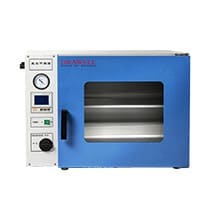
What Are the Factors that Affect the Quality and Life of the Drying Oven?
The box body of the drying oven is made of angle steel and a thin steel plate, and the space between the shell and the working room is filled with insulating material. The door of the oven is generally equipped with a glass window, which is convenient for observing the internal situation. The physical materials used in the drying oven are different, and their price, quality, and life will be very different:
Generally, the shell of the drying oven is made of a cold-rolled steel plate, but in terms of thickness, the difference is very large. The thicker the steel plate, the better the quality and the longer the service life.
The door of the drying oven is equipped with a glass window, which is made of tempered glass and ordinary glass. Tempered glass is better in material and higher in safety.
In terms of the inner container, there are two kinds of inner containers of the drying oven: galvanized sheet and stainless steel inner container. The stainless steel inner container is naturally better. The sample rack of the inner tank is generally made of stainless steel. It should be noted that the number of inner tank racks cannot be increased blindly. The more racks, the higher the quality requirements for the fan.
The insulation material of the drying oven is mostly made of fiber cotton, and some are made of polyurethane. From the perspective of the heat preservation effect, polyurethane is stronger than fiber cotton. However, the post-maintenance of polyurethane is more difficult. During maintenance, all polyurethane needs to be taken out and re-injected.
The quality of the fan has a great influence on the drying oven. The fan with low noise and high performance has low noise, good circulation effect, and fast heating during use, but the price is relatively high.
As for the timing controller: There are two ways to control the time of the drying oven: manual and automatic. The cost of the desiccant for automatic time control is higher.
Consider the Operating Cost of the Drying Oven
In addition to the quality and performance of the product itself, the overall operating cost should also be considered when purchasing a drying oven. Operating costs include equipment depreciation, energy consumption, labor, maintenance, spare parts, etc. High-quality, long-life drying ovens, while sometimes costly to purchase, cost less to run than those of poorer quality.
The above content has included several aspects of drying oven selection. The choice of instruments in the laboratory is a matter that needs to be cautious. Before purchasing, it must be inspected in many ways to avoid selection errors that affect the progress of the experiment.

